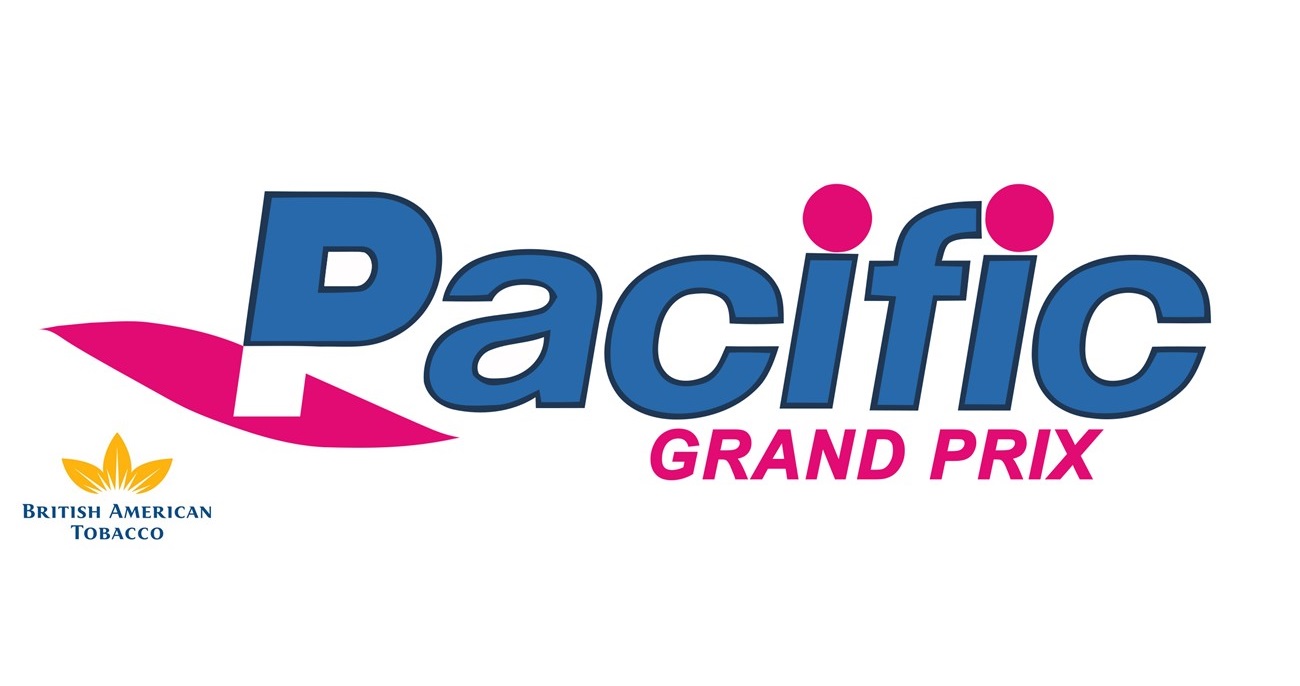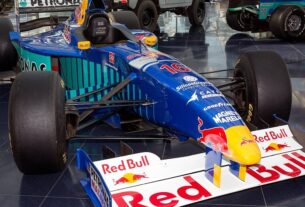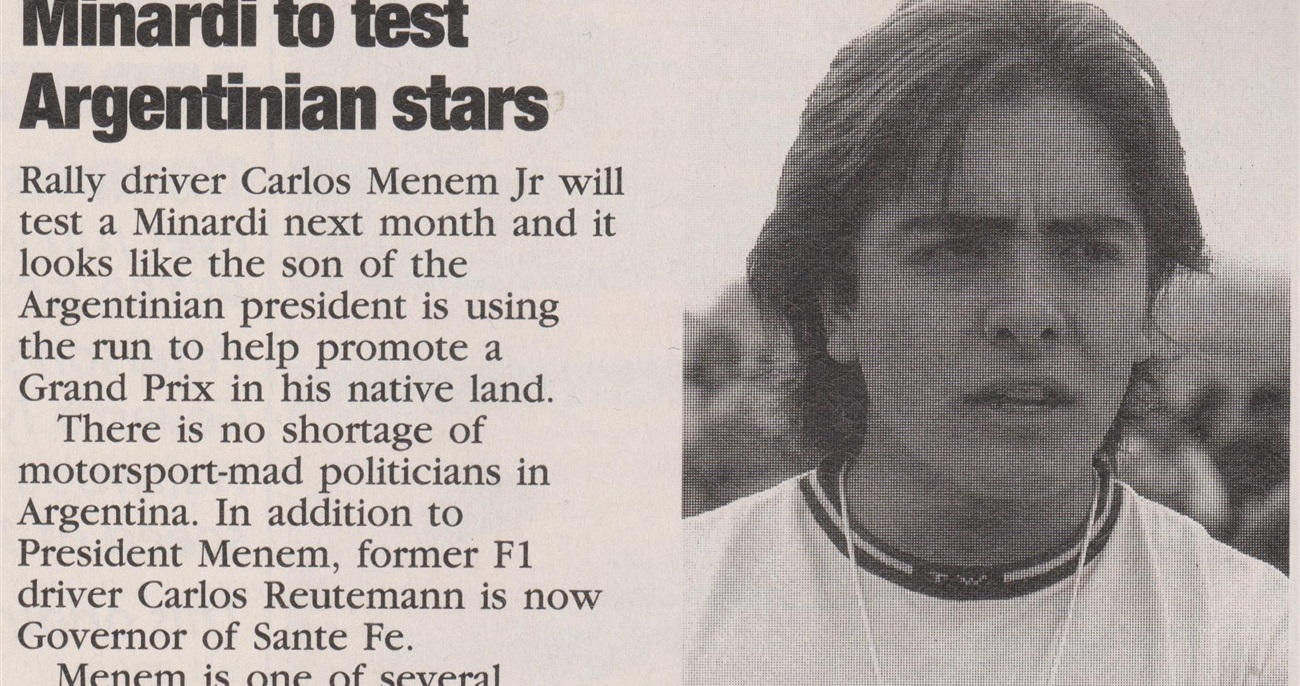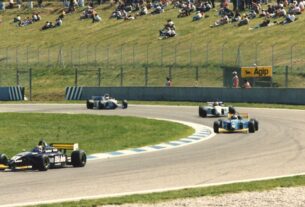Originally, Pacific Racing, later known as Pacific Grand Prix, planned their debut in the Formula One in 1993. Michael Bartels was the driver for the team and they came this far as a seat fitting. Even sooner, the dream shattered and their debut would be put on-hold for another year. In 1994 the team made it’s debut in the Formula One. They did not have a main sponsor. However, it seemed they found one in a tobacco company named British American Tobacco (BAT).
When you think you knew it all, about BAT and their plans to enter the sport as a sponsor via project de Bono. There is new information appearing on the surface involving Keith Wiggins Formula One team. Imagine yourself the Pacific PR01 with Lucky Strike or 555 sponsoring on the car.
It all started in April 1994 when Andrew Ovendale contacted the company and spoke with Samantha Ellingham about the opportunities for BAT to become active as a sponsor in the Formula One for the Pacific team. In response, Andrew was told to send Paul Bingham, at that point the Head of Marketing for BAT, their package with possibilities.
The 17th of May 1994 BAT received from the team a document named “Sponsorship Opportunity – Pacific Formula One Team”. The document was only send days after the 1994 Monaco Grand Prix. So far, the team had four DNQ’s and four Retirements as their results. Not the results you want to show to potential sponsors.
While the results on the track were bad, the document stated positively for the future. Obviously, the team stated that they did their best to assemble an experienced team of professionals ready to bring Pacific to the front of the grid. Keep in mind the results the team had so far in-season.
According to the document, there were a couple of opportunities available to BAT from an association with the team. They spoke about the huge audience that’s every Grand Prix on and around the track and the 385million people that watch the races from home. The Formula One is the perfect place to be seen by millions.
Another point they made was the international arena increase their brands around the globe. If you did read the Project de Bono papers, you will understand that this is one of the few triggers for BAT. As they were looking to expand their brands 555 and Lucky Strike in India, China and in Asia. Besides the international arena, the team stated that via video press releases and the usage of the drivers for promotions they could expand their brand easily. Would they really have been able with Pacific?
Therefore, Pacific Grand Prix specified two sponsorship opportunities. The first one was the “Long term association” with the team. The idea was that if BAT would sponsor the team for a season or even more, it would have a good influence on the company’s performance as and the team’s performance on the grid. BAT would have to pay 2,5million pounds to become the team’s title sponsor.
There was also the “Individual Race Sponsorship” it meant that BAT would be sponsor the team on a slower pace. Branding would be on the car and on the overalls from the drivers. While a bunch of people would receive passes to enter the paddock. The team’s idea was that this would cost 75000 pounds per race. However, they stated that they are prepared to discuss the possibility of reduced packages.
So what did BAT do with this given opportunity to sponsor the Pacific team in 1994 and 1995? Well, I don’t like to say It. It seems that BAT has done nothing with this. While the letter ended with “Feel free to contact me for further details”, I don’t think they saw this as a serious opportunity. Why am I saying this? On the document is written three times “No thank you” i think that says it all doesn’t it?
Still, wouldn’t it be amazing if the PR01 and PR02 would appear on the grid with a similar zipper livery as the BAR01 had in 1999? Sadly, the team disappeared at the end of 1995 from the grid. Only to return in the grapevine of the Formula One every now and then.




